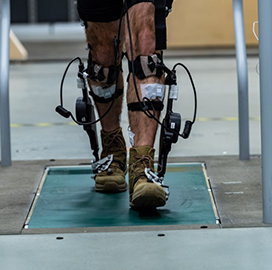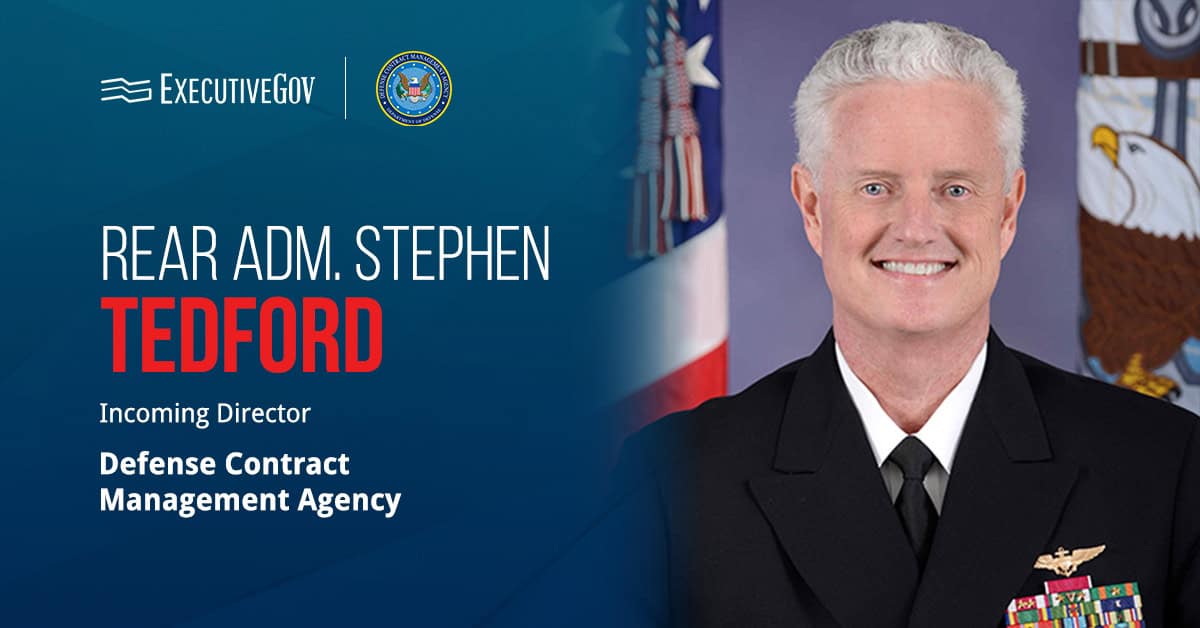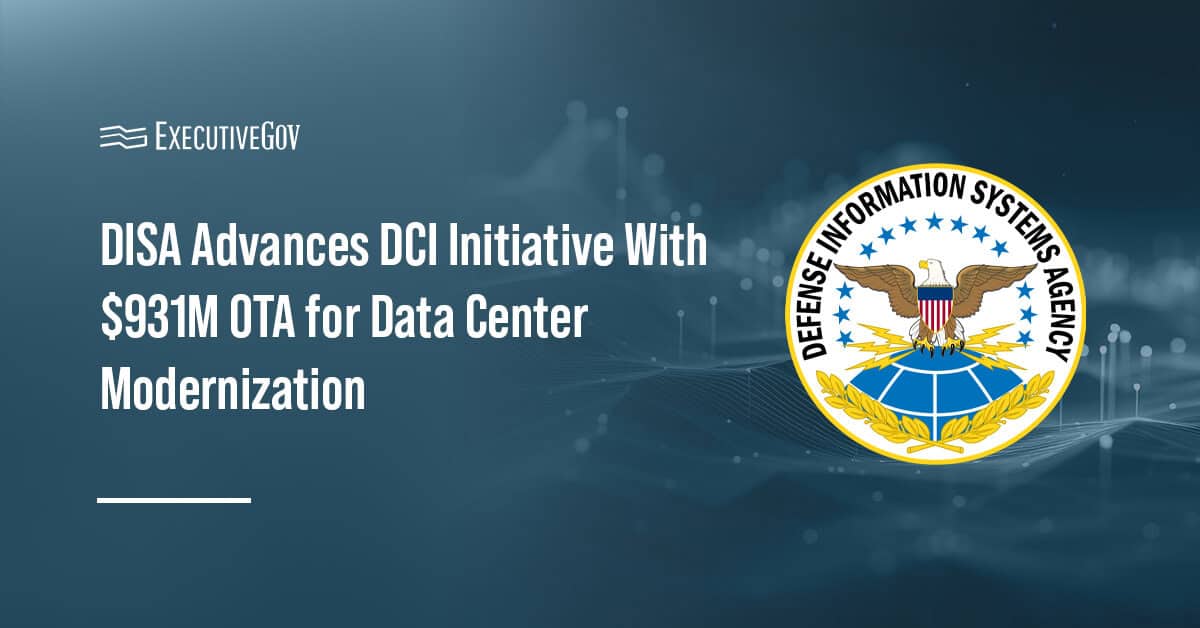Army Research Laboratory (ARL) has launched an effort to study how autonomous exoskeleton technology can adapt to soldier users. The study aimed to identify brain and muscle signals, walking performance metrics and movement profiles that can be used to track an individual's state when using an exoskeleton, the Army said Tuesday.
Researchers assessed these indicators through an exoskeleton boot worn by a soldier. The boot is designed to move in synchronization with its wearer.
“These signals could give the exoskeleton a better understanding of the human at any moment so that it can make better decisions on how to assist the human," said Cortney Bradford, a research scientist at Army Research Laboratory.
Bradford said the technology and its human user must mutually adapt through the dynamic flow of operations. The research team will assess the gathered data over months, then present the results in summer.





